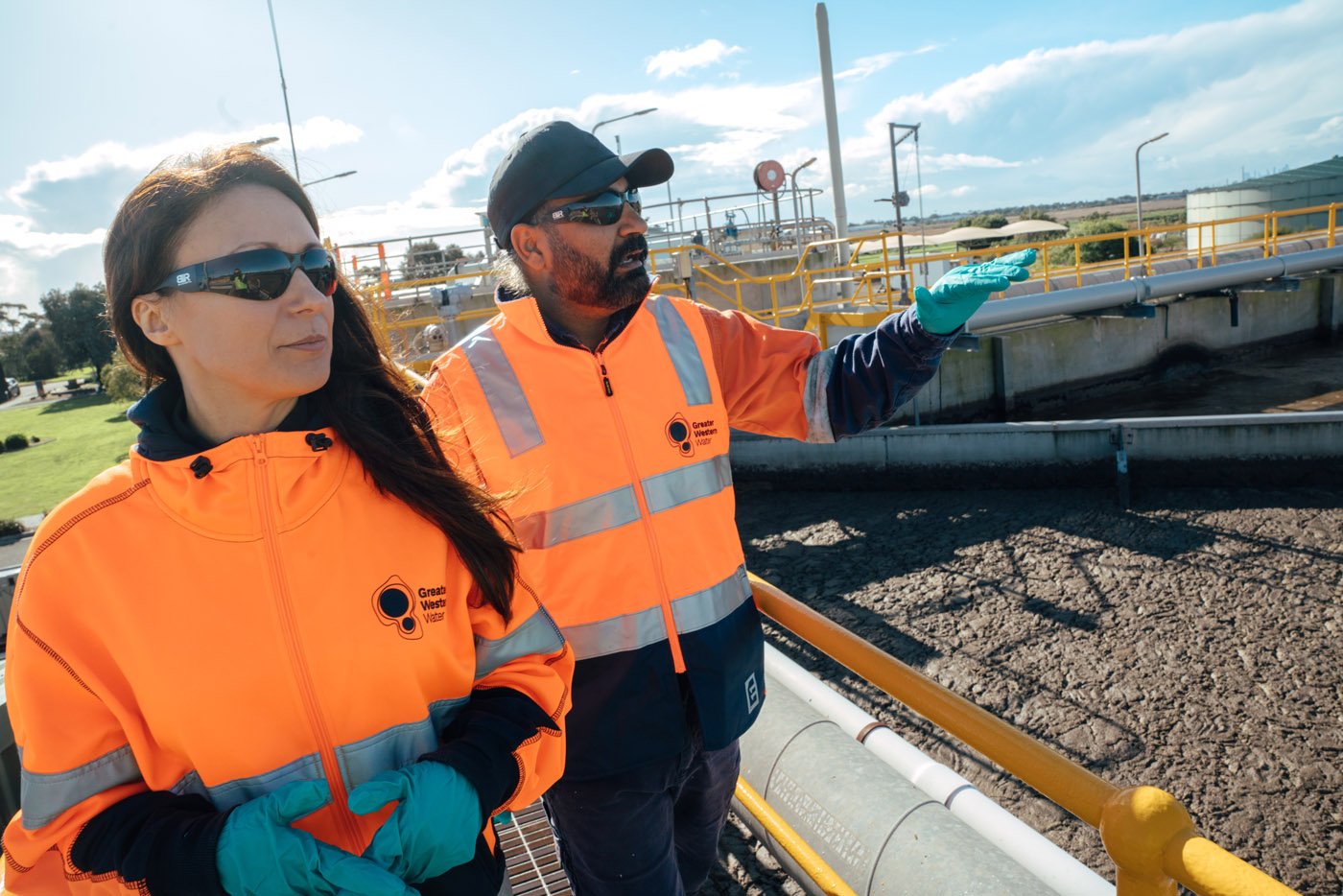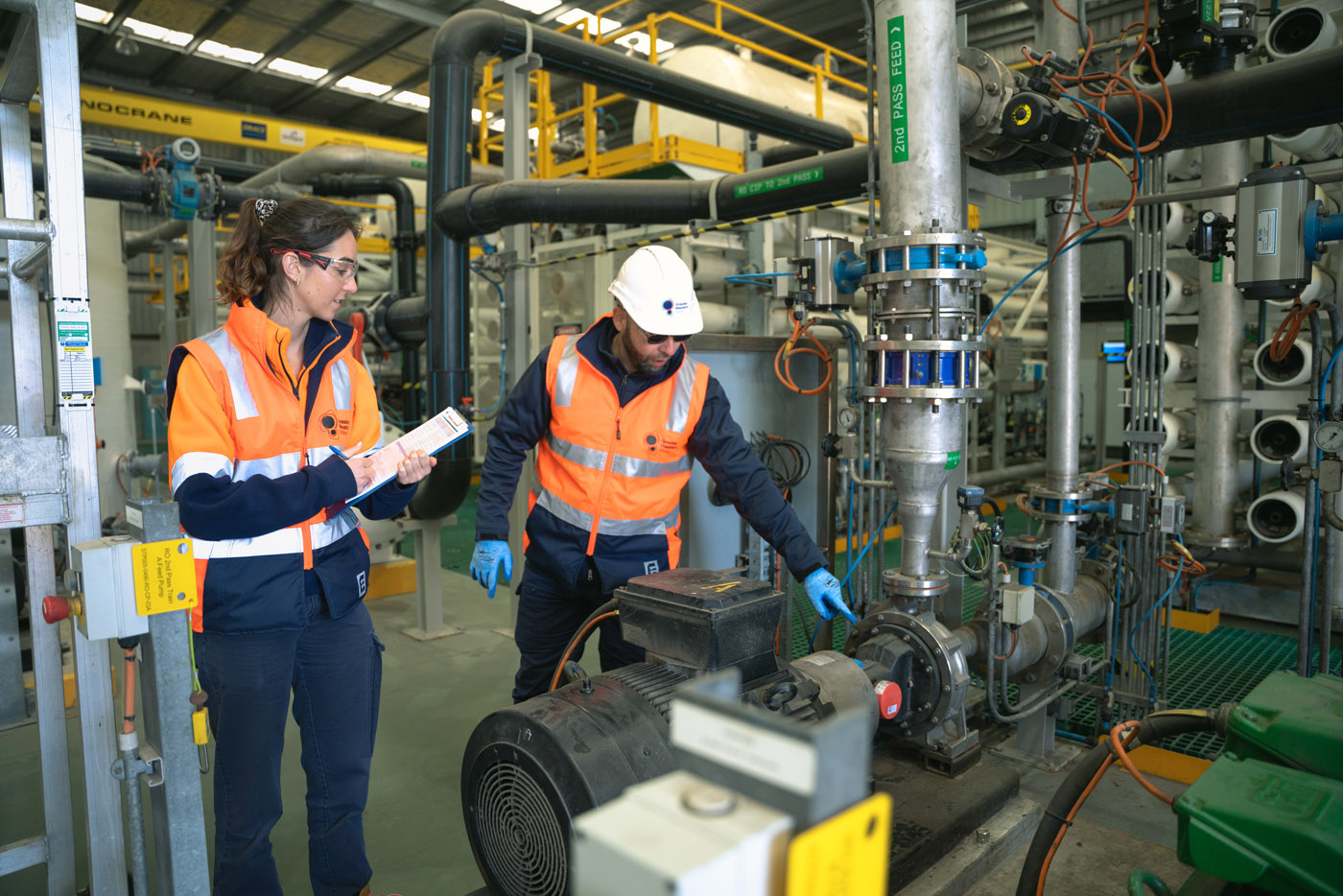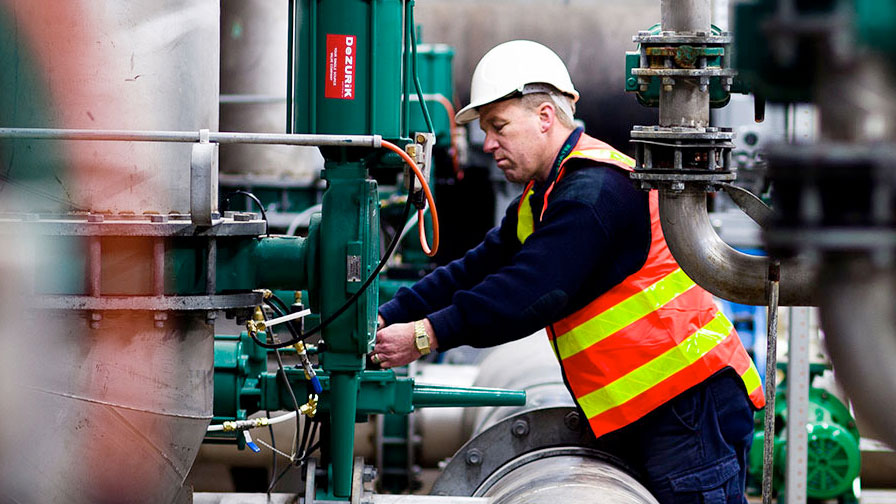Case Study
GWW Identify and Reduce High-Risk Pressure Transients, thereby Reducing Maintenance Costs by Millions in the Medium Term.
TD.Edge + TD.Cloud partnered with Greater Western Water (GWW) and Intelligent Water Networks (IWN) to trial advanced transient pressure software using machine learning in Melbourne, Australia.
TL;DR
Reduced pressure transient magnitude by 400%
Reduced responsive maintenance costs by millions
Deferred capital expenditure
Strengthened customer relationships
Reduced risks to brand reputation
“
“Greater Western Water (GWW) is very aware of the effects pressure transients can have on our network. After hearing of some of the successes of Transient Detect through Intelligent Water Networks and other water authorities, GWW sought to assess the effectiveness in our complex network. We established a scope and some data sprints to identify some potentially problematic locations and were extremely pleased with the outcomes achieved through the PoC. Being able to identify the root-cause of pressure transients at specific locations and calculate an indicative impact on the pipe EoL is extremely valuable to sustainable asset management,”
— Nick Raffaele, Team Lead - Asset Programs, GWW.
Pressure transients are a leading cause of asset failure in water networks, often resulting in leaks and major breaks. To improve operational reliability, reduce customer disruptions and extend asset life, a Proof of Concept (PoC) was conducted on Greater Western Water’s pipe assets.
The objectives of the PoC were:
- to monitor transients in near real-time
- identify high-risk pressure transient events
- build predictive models to forecast indicative end-of-life (EOL) for pipes
- correlate transient activity with historical leaks and breaks.
The three-month PoC demonstrated significant findings that can enhance water utility asset management.

The Challenge

Water utilities face significant challenges in detecting and mitigating pressure transients, which can lead to leaks, bursts and pipe infrastructure failure. Key challenges included:
- Lack of real-time visibility into pressure transient activity.
- Identifying and classifying dangerous transient events likely to cause pipe failures.
- Difficulty linking identified transients to network activity to mitigate root cause.
- Accurately assessing the impact of pressure transients on the network and forecasting an indicative pipe end-of-life by considering pressure cycles, transient-induced stress and corrosion factors.
- Difficulty in correlating pressure events with historical failures to inform proactive asset management.
Co-Design
To address these challenges, stakeholders co-designed a three-month trial focused on two locations with known pain points of main breaks and an aging pipe network.
The focus was:
- Real-time monitoring and data acquisition from high-rate pressure sensors.
- Developing models to predict high-risk transient events.
- Forecast indicative pipe end-of-life based on pressure cycles and other pipe information.
- Correlating transient activity with past leak and break data to establish a predictive framework.

Features
The TD.Cloud solution integrates IoT-enabled TD.Edge IoT hardware and AI-driven analytics to deliver near real-time insights into transient pressure behavior. The solution is powered by Amazon Web Services (AWS).
Key features include:
- Near real-time pressure monitoring
- Data was collected from loggers in near real-time and processed through the TD.Cloud software.
- Hourly updates and near real-time insights (~15 minutes latency).
- Identifying high-risk transients
- Developed a ‘hindcast’ model to flag transient events exceeding problematic pressure thresholds.
- Advanced algorithms successfully detected transients leading up to a major burst in a known pain point.
- Forecasting pipe end-of-life (EoL)
- Quantified pressure cycles and maximum head pressure effects.
- Integrated transient monitoring data with corrosion metrics to indicate potential pipe failure timelines.
- Estimated that a reduction in pressure transients would result in an extension of asset life by 5 to 10 years depending on the location.
- Correlating transients with historical failures
- Demonstrated a 0.53 correlation coefficient between transient activity and historical leaks and breaks using the novel pipe-break model.
Outcomes
- Reduced pressure transient differentials by up to 400% within a targeted trial area. This improvement is estimated to reduce responsive maintenance costs by millions over the medium term.
- Beyond maintenance savings, the TD.Edge and TD.Cloud solutions also deferred capital expenditure, strengthened customer relationships and reduced risks to brand reputation – delivering lasting value for the network and its customers.
- Provision of proof to have positive customer conversations, backed up by empirical data, empowering GWW to discuss network impacts and take actions to reduce these impacts.
- Demonstrated real-time monitoring capabilities, providing stakeholders with actionable insights of pressure transient events that preceded main breaks, including identification of the likely responsible customer.
- Validated models for predicting high-risk transients, successfully identifying high-risk pressure transient events before failure.
- Enabled proactive asset management, showing potential to extend pipe lifespan by reducing transient stress, including differentiation between utility-versus-customer generated contributions to pipe end-of-life.





